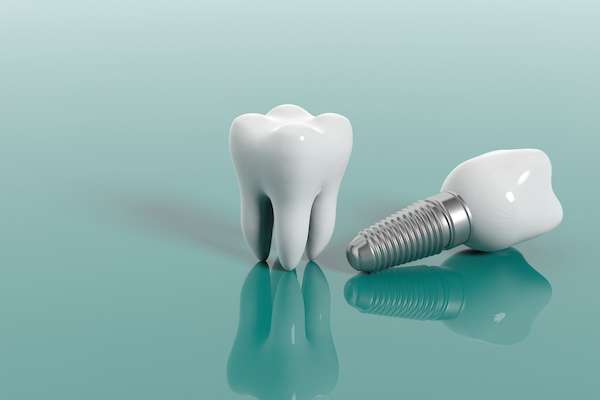Total knee replacement is surgery to help those with osteoarthritis or other conditions that affect the knee joint feel. Even though this procedure can be very helpful in restoring mobility and reducing pain after recovery, the post-surgical phase is extremely painful and uncomfortable. Proper pain management is important to help patients heal and get the best outcome possible. In this article, we’ll talk about ways to deal with pain after a total knee replacement.
Pain Management Options
Before we talk about specific tips, know the different ways to deal with pain after a total knee replacement. These are:
- Medication: The most common way to deal with pain after knee replacement surgery is to take medicine. Patients have prescribed painkillers like acetaminophen, nonsteroidal anti-inflammatory drugs (NSAIDs), and opioids to manage their pain.
- Using ice or a cold pack on the knee can help reduce pain and swelling.
- Physical therapy: Exercises and physical therapy can help increase the range of motion and strength, which can help relieve pain and reduce the need for medication. It is an integral part of the recovery phase and must be adhered to by the patient.
- Compression therapy: Bandages that exert pressure on the surgery site can help reduce pain and swelling.
- Transcutaneous Electrical Nerve Stimulation (TENS) is a pain relief method that does not involve surgery and uses low-voltage electrical currents.
How to deal with knee pain after a total knee replacement?
- Deal with the pain: Deal with pain as soon as possible after surgery. It can help keep the pain from worsening and making it harder to deal with.
- Use Medicines as prescribed: Take painkillers and other medicines as prescribed. It can help lessen pain and keep you from needing stronger drugs.
- Switch between painkillers. Switching between acetaminophen and nonsteroidal anti-inflammatory drugs (NSAIDs) can help reduce the risk of side effects that come with taking either drug for a long time.
- Apply Cold Therapy: Putting ice or a cold pack on the knee for 20 to 30 minutes several times a day can help reduce swelling and pain.
- Raise the Leg: Raising the leg can help ease pain and swelling. To get the best results, try to raise the leg above the level of the heart.
- Do physical therapy exercises. These can help reduce pain and increase your range of motion. It is important to follow the instructions of your physical therapist for the best results.
- Use compression bandages: These can help reduce pain and swelling. Use them the way a doctor or physical therapist tells you to.
- Consider Transcutaneous Electrical Nerve Stimulation (TENS): TENS can be a good way to treat pain without making it worse. Talk to the doctor or physical therapist about this choice.
- Get Enough Rest: Getting enough rest is important for recovering after knee replacement surgery. Avoid doing things that put too much stress on the knee.
- Stay hydrated. Drinking adequate fluids can help prevent constipation from painkillers and speed up the healing process.
- Practice deep breathing and relaxation techniques. Deep breathing and relaxation techniques can help ease pain and make you feel calmer.
- Seek Help If the Pain Gets Unmanageable: If the pain gets out of hand, consult your doctor without delay.
Total knee replacement surgery can help with knee pain and other symptoms caused by osteoarthritis and other conditions. Proper pain management is important to help patients heal and get the best outcome possible. Medication is the most common option to deal with pain, but there are others, like cold therapy, physical therapy, compression therapy, and TENS, that can also help. Patients can also use several tips to deal with pain after a total knee replacement, such as starting pain management early, taking medications as directed, using cold therapy, doing physical therapy exercises, and getting enough rest.
Patients should consult their doctor for a plan to deal with their pain that is tailored to their needs and preferences. There is no one way to treat pain, and what works for one patient might not work for another. To get the best possible results, be open and honest with your doctor about how much pain you’re in and what treatment options are available.
Read also : Best Office Gaming Chair for Back Pain
Conclusion
Dealing with pain after a total knee replacement is important for healing and getting the best results. Patients can effectively deal with pain and make a full recovery if they follow the tips given in this article and work closely with their doctor.
Read More Blogs: How To Cure Rheumatoid Arthritis Permanently?



